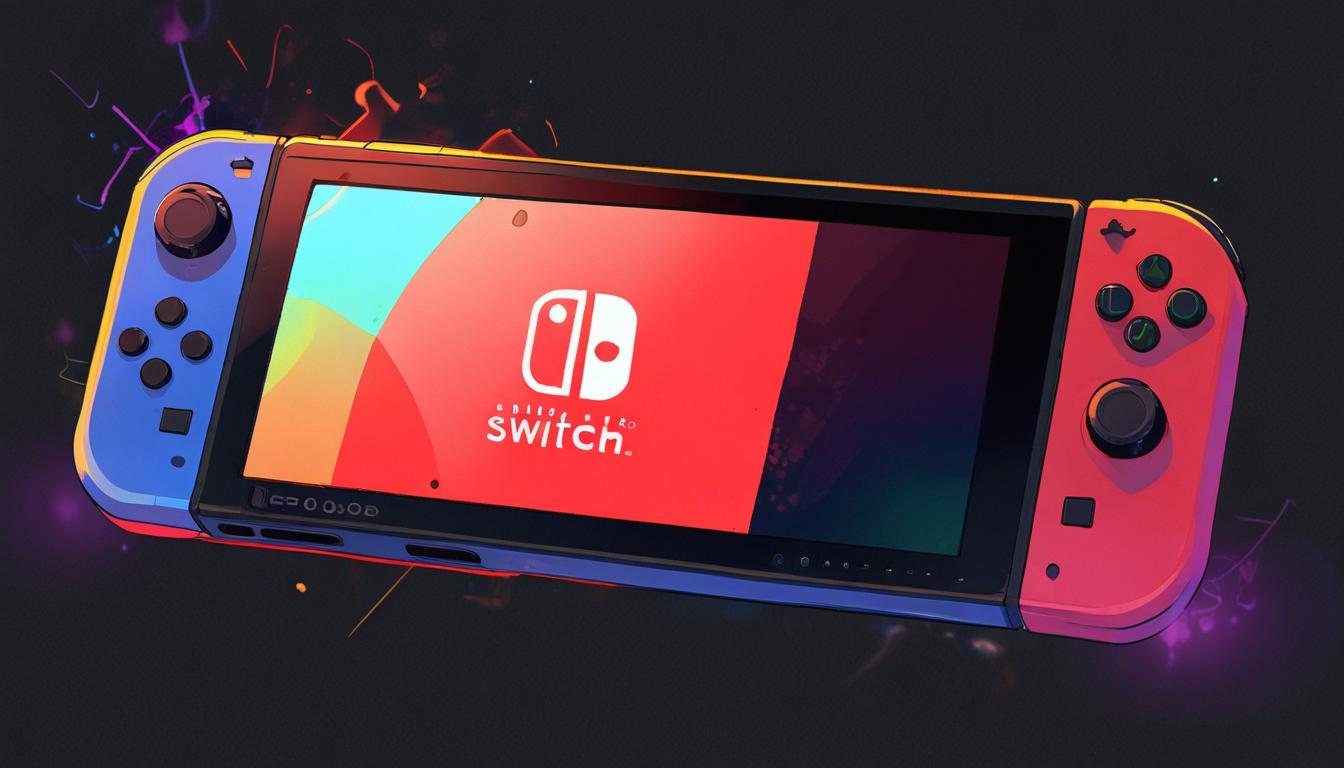The global video games industry faces significant economic challenges as recent developments around trade tariffs and rising production costs weigh heavily on consumers and manufacturers alike. Amid ongoing uncertainties, major players such as Nintendo and Sony are adjusting their release strategies and pricing in key markets, contributing to a broader shift in the gaming landscape.
Nintendo, a leading name in the sector, recently announced a delay in pre-orders for its anticipated Nintendo Switch 2 console in the United States. This move came as the company sought to “assess the potential impact of tariffs and evolving market conditions,” following reports that the new console may be subject to a 145% import tariff imposed by the US administration on goods from China. This tariff contrasts with exemptions granted to other electronics like smartphones and computers, indicating a targeted economic pressure on gaming devices.
Simultaneously, Sony has revealed plans to increase the price of its PlayStation 5 console by approximately 25% across regions including the UK, Europe, Australia, and New Zealand. The company cited a “challenging economic environment, including high inflation and fluctuating exchange rates,” as primary factors influencing this decision. These adjustments reflect wider economic pressures that affect both the production and supply chains integral to the gaming industry.
Beyond hardware concerns, the software side of gaming is also feeling strain. The traditional model for premium games—typically involving high upfront prices for new releases, sequels, and downloadable content—is being disrupted by the rise of free-to-play live service games, such as Fortnite and Valorant. These games generate revenue through cosmetic microtransactions and “battle pass” subscriptions rather than direct sales, changing consumer spending habits and industry revenue structures.
Further fuelling debate is the escalating cost of premium software titles. Nintendo’s pricing of the Switch 2 launch game, Mario Kart World, at £74.99 in the UK and $79.99 in the US, is expected to set new benchmarks for game pricing. Industry watchers are closely monitoring the upcoming release of Grand Theft Auto VI, with analysts like Matthew Ball of investment strategy firm Epyllion predicting that the title could push retail prices for video games into the $80-$100 range, potentially influencing other publishers to follow suit.
The complexity of the gaming economy extends to consumers on a personal level. Recent discussions centred around Steam, the dominant digital game distribution platform, revealed that some users have spent tens of thousands of dollars on games over the years. This insight highlights the layered relationship between cost and perceived value within the gaming community, where the worth of a game often transcends its price tag through the enjoyment and experiences it provides.
Industry observers note that in past decades, owning physical copies of games—with accompanying manuals and clubs—was commonplace, as were rentals and lending through public libraries, activities often resisted by the industry but ultimately part of gaming’s cultural fabric. In contrast, current trends indicate a need for players to more carefully select their purchases, balancing between major triple-A titles and a diverse range of smaller, independent games that offer varied experiences often at lower prices.
In parallel with market shifts, ongoing releases and upcoming titles continue to capture gamers’ interest. The latest season of Call of Duty’s Warzone has revived the original Verdansk map, blending survival elements with shooter gameplay in a tradition that has attracted a substantial player base on platforms including PC, PlayStation 5, and Xbox. Additionally, Respawn Entertainment has announced Star Wars Zero Company, a single-player, turn-based strategy game likely set during the Clone Wars era, though some fans express specific preferences regarding the setting.
The evolving conversation in gaming also extends to the broader cultural impact and industry practices. Game developer Will Luton has authored an analysis suggesting that Nir Eyal’s book Hooked influenced game design by promoting techniques to exploit addictive behaviours, reshaping player engagement patterns. Meanwhile, board game enthusiasts are enjoying newly released titles, with Polygon highlighting some of the best tabletop games in 2025, including a Metal Gear Solid adaptation.
Discussions within the gaming community also explore questions of innovation and iteration. Fans have debated whether certain games regarded as iconic actually inspired superior “copycat” versions. Examples cited include Sonic & Sega All-Stars Racing compared favourably to Mario Kart 8, and Fortnite being described as a stronger battle royale game than PlayerUnknown’s Battlegrounds (PUBG). Other comparisons touch on whether games like Minecraft, Angry Birds, and Stardew Valley have enhanced genres pioneered by earlier titles.
These converging factors—from trade policies and economic pressures to shifting consumer habits and creative evolutions—illustrate the complex terrain navigating the gaming industry in 2025. As companies adapt to external challenges and players recalibrate their engagement with games, the sector continues to redefine itself within a dynamic global marketplace.
Source: Noah Wire Services
